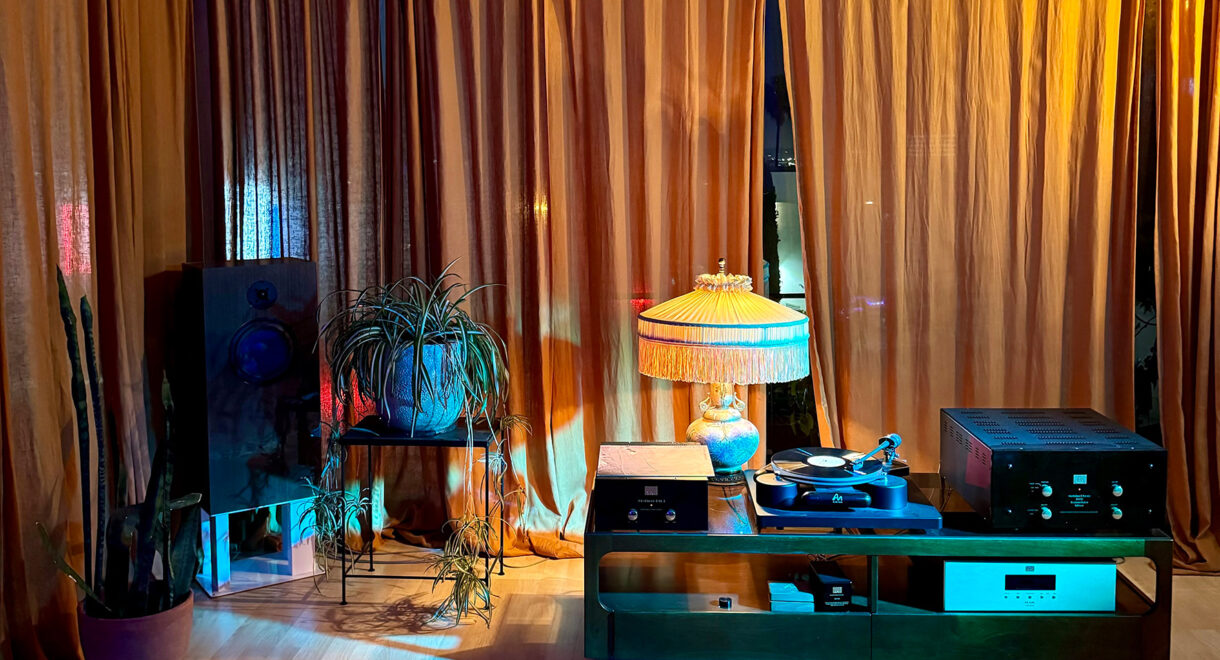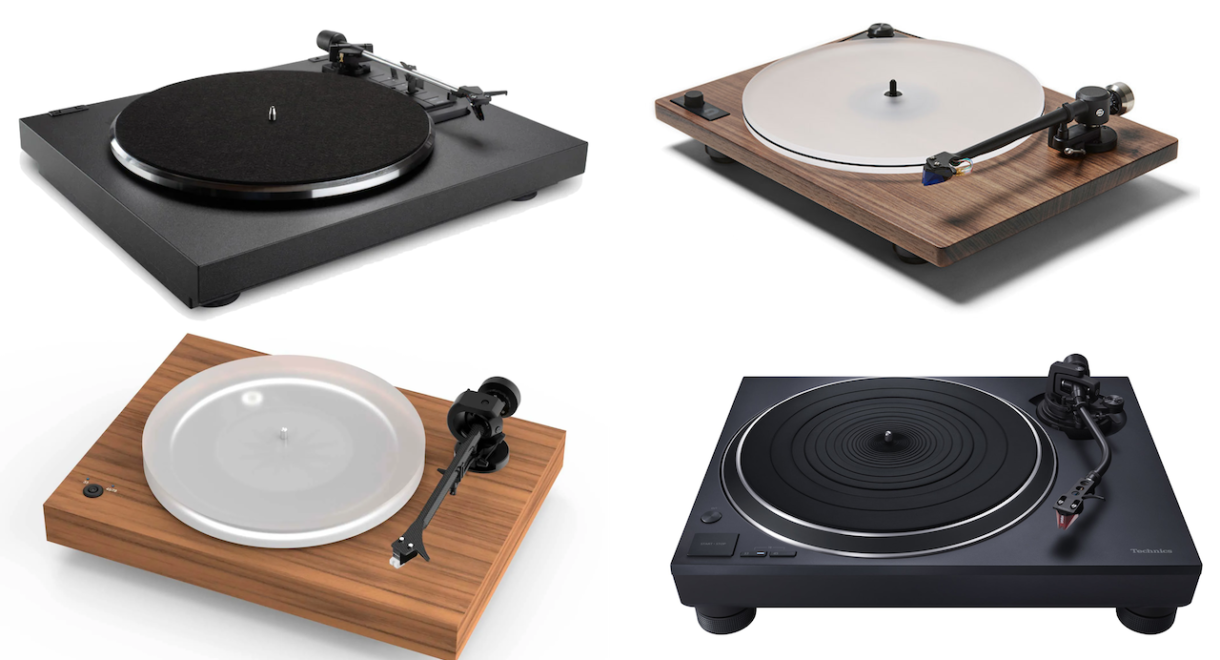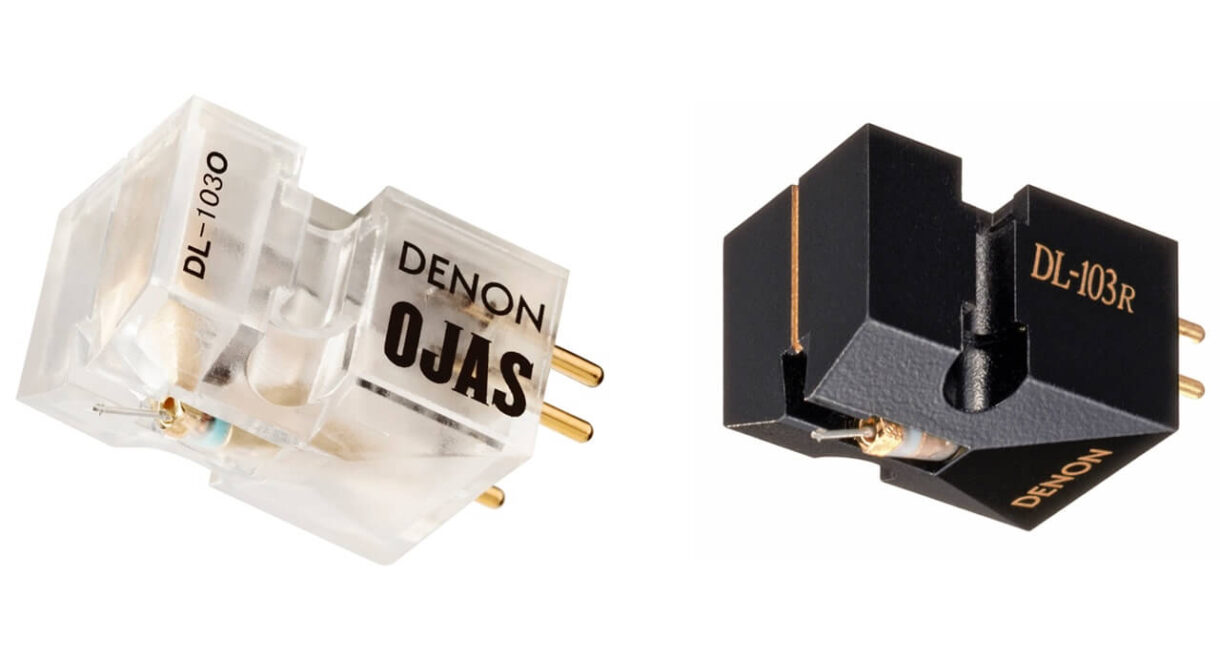Transparent clarity, deep bass, and “Invisible Sound” from German audio company ADS. Background: One of the lesser known hi-fi brands of the ’70s, ADS (Analog and Digital Systems) […]
A Glossary of Essential Hi-Fi Audio Terms from Altec Lansing

A guide to hi-fi audio terms pulled from a 1974 manual from Altec Lansing.
Looking to get deeper into hi-fi, but not sure where to start? Plenty of resources and articles are available online, but they can be difficult to read and often filled with terms that don’t really mean anything when you’re just starting out. Luckily, there are some great resources available from the past geared towards consumers. Back in the golden era of hi-fi in the ’70s, hi-fi audio manufacturers made it a point to provide all the proper education and resources for their customers. Often released in pamphlets or reference manuals, these guides allowed customers not only better setup their speakers system within their homes, but also understand all the nuances between the company’s products. Klipsch’s cult favorite Dope from Hope audio newsletters are one classic example.
Included in Altec Lansing’s 1974 manual titled Loudspeaker Enclosures: Their Design and Use, the following glossary of hi-fi audio terms is essential for any beginner looking to dive in deeper and step up their audio game. For those looking to get into speaker building, check out the full manual available at Lansing Heritage: https://www.lansingheritage.org/html/altec/plans/1974-enc-manual.htm
A-B Test – Evaluating the relative performance of two (or more) components or systems by switching quickly from one to the other. In comparing, the sudden contrast can reveal audible differences between the units. The fair method of comparison is with no change in the midband volume level. Due to efficiency differences between speaker systems, a method for compensating sensitivity. differences should be used.
Acoustic Feedback – An annoying interference created when sound vibrations from the speaker system cause a vibration in the record player. The phono stylus can pick up these vibrations, which will be reproduced in the speaker system as a rumble or howl. The cure is to properly isolate the record player from the low frequencies of the speaker system.
Ambience – A term referencing a condition of room acoustic characteristics. The total of all sound conditions, but generally excluding the direct sound from the per- former or reproducer. Primarily the reflected sound condition, including decay time and frequency emphasis. A condition that might be natural in a hall, or simulated in the record manufacturing process to create a specific hall image.
Amplifier – An electronic device for magnifying, and usually controlling, the electrical signals sent to the speaker system. High fidelity amplifying equipment consists of a preamplifier/equalizer section plus a power/ basic amplifier section. In integrated amplifiers, both sections are built on one chassis and made available as a single unit. A receiver adds the tuner section to the integrated amplifier.

Baffle – A term applied to many areas of a loudspeaker enclosure. Most generally applied to the enclosure itself, but also widely recognized as the loudspeaker mounting board. In horn, and other complex enclosures, the term is applied to individual boards within the enclosure that shape or change the air flow from the transducer. As baffle can be used in all applications, one has to interpret the writer’s intention as to true meaning.
Balance – A ratio term referring to the relative loudness or amplitude between sound sources. The control sections of stereo and quadraphonic amplifiers have balance controls to allow adjustments between speaker systems that have different pressure sensitivity. The term also applies to frequency response balance. For instance most speaker systems have a balance control in the crossover network to allow adjustment of the volume balance between the transducers in the system.
Bass Boom – An effect created by unwanted bass resonances in the sound reproduction. These resonances can be created by many various sources: improperly designed enclosure, cabinet panels not sufficiently braced, or incorrect enclosure size matching to a particular transducer. This publication should solve these problems. An additional source can be standing waves created in the room acoustics. See Standing Waves.
Compliance – In loudspeaker language, the term refers to loudspeaker’s mechanical suspension-and the suspension’s ability to yield to the electrical force applied through the loudspeaker circuit. It is the ratio of cone/ diaphragm displacement to a force applied-the inverse of stiffness. A high compliance cone assembly moves easily, and is relatively freely suspended in the loudspeaker frame.
Compression/Rarefaction – A dictionary would define compression as “squeezing together” or “making smaller by pressure”. In loudspeaker terms we can use the term two ways. As a loudspeaker cone moves forward, the cone applies pressure to the air adjacent to the cone. As this air is compressed by the pressure, it reacts by moving, in a wave form, in a direction away from the pressure. The effect of minus pressure at the rear of the cone, which causes adjacent air to “rush in” and fill the gap of the vacuum created, is called rarefaction. The further use of the term compression relates to certain high frequency transducers. Here the sound waves of the diaphragm are squeezed in a narrow horn throat. The increased pressure and better air coupling offered by a horn, increases efficiency and sound levels-still maintaining low diaphragm travel motion.
Cone/Diaphragm – At Altec, we generally use the terms loudspeaker cone or loudspeaker diaphragm interchangeably. It has been used by some companies with cone referencing low frequency transducers, and diaphragm for high frequency units. It is the part which acts as the moving piston in the loudspeaker. The cone or diaphragm is suspended or held in the loudspeaker frame, and moves in relation to the varying source of electrical signal applied to the loudspeaker circuit. A cone or diaphragm assembly, as referenced to a dynamic speaker, would include the surround, which supports and holds the cone to the outer frame, the voice coil, which is wire wound onto a support and completes the loudspeaker circuit with the magnetic gap, and the spider, which helps center the voice coil in the gap and attaches the cone to the inner frame support.
Crossover Network – The crossover network is used in a speaker system to divide the signal waveform into frequency bands to feed the appropriate loudspeaker transducer-high frequencies to the tweeter and low frequencies to the woofer. In three-way and four-way systems, more complex networks are required to separate the signal, by frequency, for each particular transducer to reproduce.
Damping – As damping is applied to a loudspeaker, it expresses the ability of the cone/diaphragm to stop its motion as the electrical input signal ceases. Poor damping allows motion to continue briefly as an automobile with poor shock absorbers. This hangover creates a “blooming” sound to the bass frequencies, and masks clarity. Ampli- fiers also have a damping factor which helps control speaker motion. This effect is sometimes highly debated, but the benefits of an amplifier damping factor greater than 30 may be more theory than reality.
Decibel – The decibel is a standard unit of measuring amplitude. Usually abbreviated as “dB”, the standard is a relative term-rather than an absolute. It is used to compare two different levels, such as voltage, current, or sound pressure level.
Diaphragm – See Cone/Diaphragm.
Distortion – In referencing playback, any change that the playback system imparts to the source or input sound would be classified as distortion. Distortion can exist at any link in the reproducing chain, and all subsequent links will reproduce the distortion created by an earlier link. Distortion exists in two principal forms – harmonic distortion and intermodulation distortion. Harmonic distortion references the distortion created on the multiple frequencies of a given fundamental frequency. Intermodulation distortion references the interaction of various frequencies, and any distortion created from the interaction. To the ear, IM or intermodulation distortion is generally the most offensive.
Efficiency – Efficiency is a term used in discussing loudspeaker output relative to amplifier power input. Efficiency would generally denote a percentage, i.e., 20 percent, 10 percent, or .5 percent efficient. As a 10 percent efficient loudspeaker is high in efficiency, the percentage rating can be misleading. Today’s specifications have a trend towards SPL or sound pressure level. This would reference a given dB of loudness, for a given wattage input, at a given distance from the speaker system. In comparing systems or loudspeakers on this basis, 3 dB difference requires half or twice the power-and 10 dB change requires one tenth or ten times the power for a given stand- ard of input sensitivity measurements.
Enclosure – In loudspeaker terms we refer to the enclosure as the acoustically designed housing for the loudspeaker.

Equalization – A deliberate, introduced change in frequency response would be called equalization. There are many forms of equalization; as used in disc recording and playback, tape recording and playback, graphic tone balance, room equalization, and speaker equalization. As the term implies, everything comes out “equal” in the end with flat overall response between microphone input and loudspeaker output.
Excursion – The actual movement of the cone/diaphragm assembly is referred to as excursion. The allowable cone travel, or excursion, is a factor that is important to high power applications. Linear cone travel is necessary for low distortion.
Fidelity – The degree of faithfulness to the original accuracy and honesty in sound reproduction. See Distortion.
Frequency – The rate of repetition in Hertz of musical pitch, as well as that of electrical signals. Hertz, as previously termed cycles-per-second, tells us how many repetitions exist per second of time in a given signal. Low frequencies refer to bass tones, and high frequencies to treble tones.
Frequency Response – The ability of a component to reproduce a range of frequencies is called frequency response. How evenly the component responds to various frequencies within the range describes how “flat” that response would be. In loudspeaker and speaker systems, the quotation of a response range or flatness can be very misleading. The environment in which the measurement takes place can have so many variables, and does not necessarily relate to performance in the listening room, that meaningful specifications relating to frequency response are not currently available for loudspeakers or systems.
Hertz – See Frequency.
Impedance – An engineering term which describes the degree to which a circuit impedes the flow of an alternating current. See text for fuller explanation as applies to loudspeakers.
Loudness Compensation – The human ear experiences a loss in sensitivity, particularly in the bass frequencies, and somewhat in the high frequencies, at low volume levels. Loudness compensation corrects this by increasing the bass frequencies and highs in the correct proportions as the volume is decreased from a concert level.
Loudspeaker/Transducer – The terms Altec uses to describe the unmounted loudspeaker. Also referred to as a “raw frame” loudspeaker, and designates without an enclosure.
Phase – Refers to any part of a sound wave or an electrical signal with respect to its passage in time. Two devices are in-phase when they furnish the signal or sound simultaneously. They are out-of-phase to the extent that, at a point in time, one lags or leads the other. In two-way and three-way speaker systems, it might be necessary, as a part of design, to create an out-of-phase electrical condition in order to create an in-phase acoustical condition.
Power – Power is the electrical energy developed to do work, such as the power from an amplifier used to drive a speaker system. Also, acoustical energy or sound pressure developed in a room by a speaker system.
Pressure Sensitivity – The specification of pressure sensitivity relates to the sound pressure level from loudspeaker output, relative to a given electrical power input. See also Efficiency.
Resonance – Resonance refers to the tendency of any physical body to vibrate most freely at one particular frequency. In audio, the electrical and mechanical resonances of the various components must be controlled so that they do not affect the tonal quality of the music being reproduced. Also see text concerning impedance and resonance.
Room Acoustics – The natural acoustics of the listening room play a large part in determining the overall sound of the system. Altec encourages your experimentation in various speaker placements to determine what sounds best in your room. In general, attempt to have opposite surfaces of opposite textures-such as hard and absorbent. Also see further information under Standing Waves.
Rumble – As its name suggests, rumble is a low frequency rumbling noise produced by poorly built turntables or record changers. Because of the low frequencies of rumble, it can often be confused with acoustic feedback. Proper speaker system placement requires a good under- standing of both acoustic feedback and rumble.
Spider – The spider is the name of the mechanical collar, located at the neck of the cone/diaphragm, which fastens the cone to the inner portion of the loudspeaker frame and helps keep the voice coil centered in the magnetic gap.
Standing Waves – As the sound or music is reproduced from the speaker systems, the wave fronts move forward through the listening room, hit the opposite wall, and are then reflected back into the listening area. Depending on the ceiling height, room width and length, these waves can create an in-phase or out-of-phase condition which is detrimental to reproduction. Most frequent problems in the average room occur with an in-phase condition at 80 and 200 Hz. The goal is to eliminate these standing waves by experimenting with various speaker placements.
Surround – The surround is the mechanical collar which fastens the outer edge of the cone/diaphragm to rim of the loudspeaker basket. Various materials are used to achieve the degree of compliance desired.
Watts – The watt is a unit of electrical or acoustical power. The term designates the power consumed in an electrical device. In audio we specify not the power to keep the amplifier running, but rather the amount of audio power the amplifier is capable of delivering to the speaker sys- tem. Because the loudspeaker is not a particularly efficient device, the acoustic output power from the loudspeaker, in watts, is far less than the amplifier audio power input.











